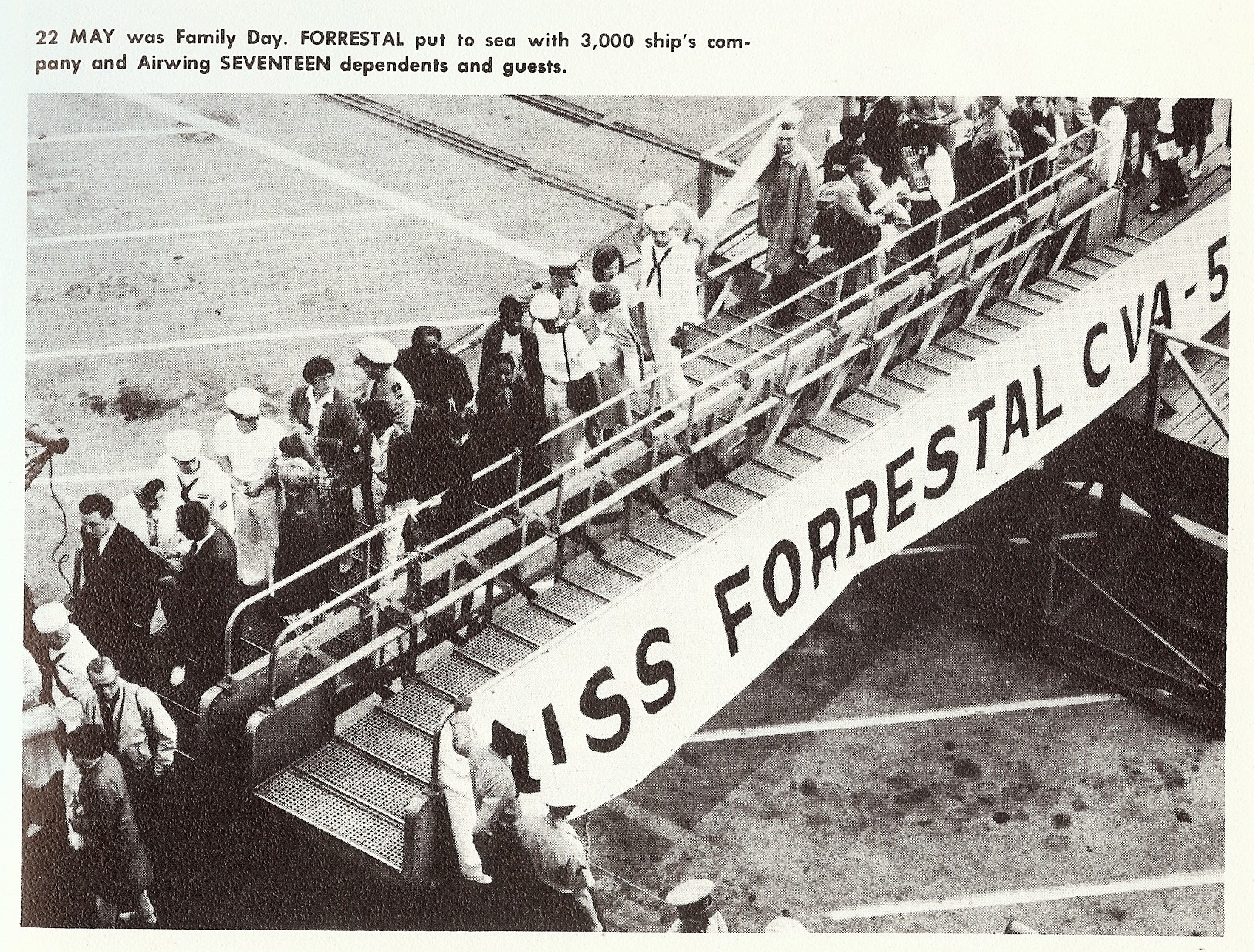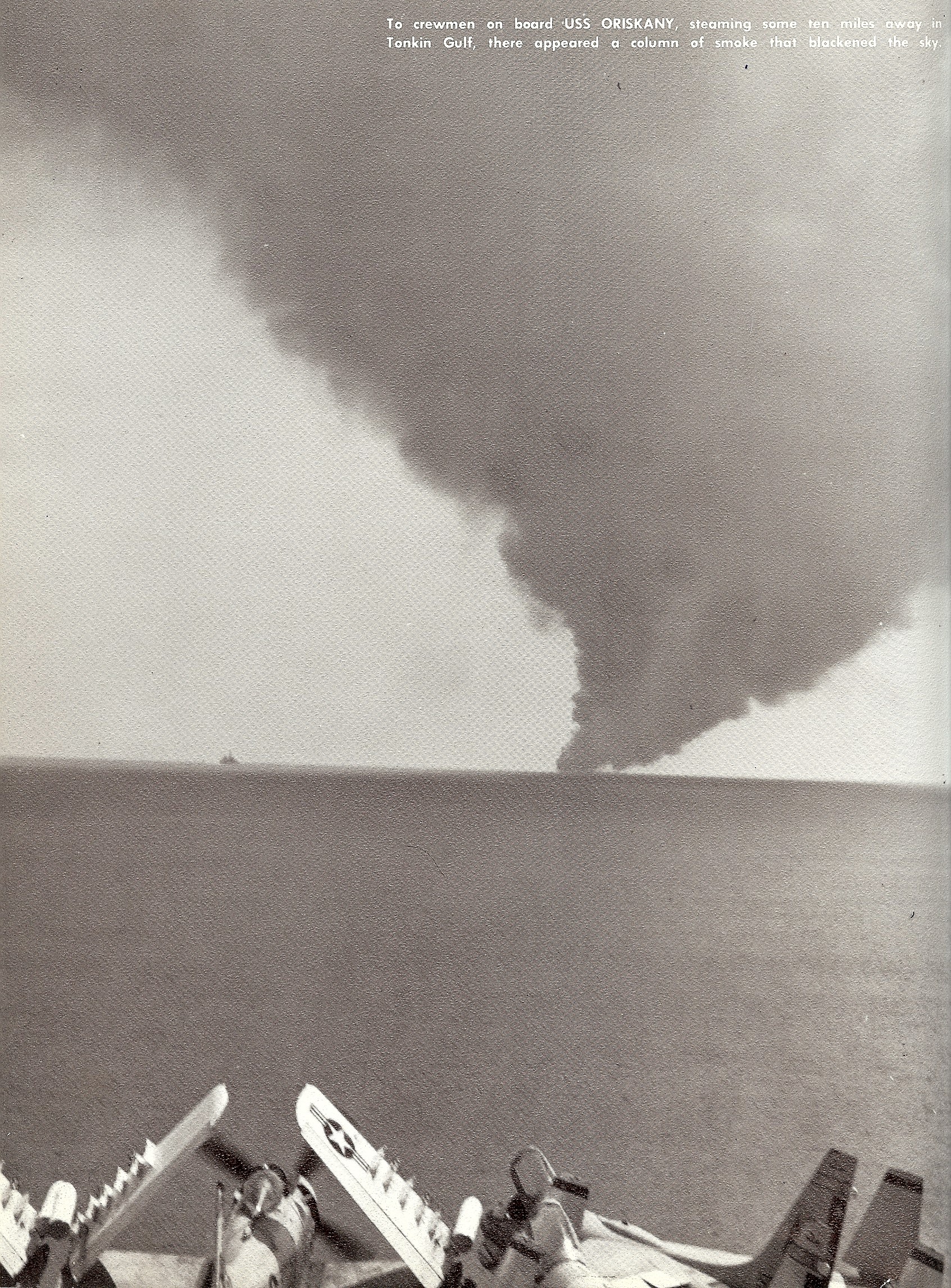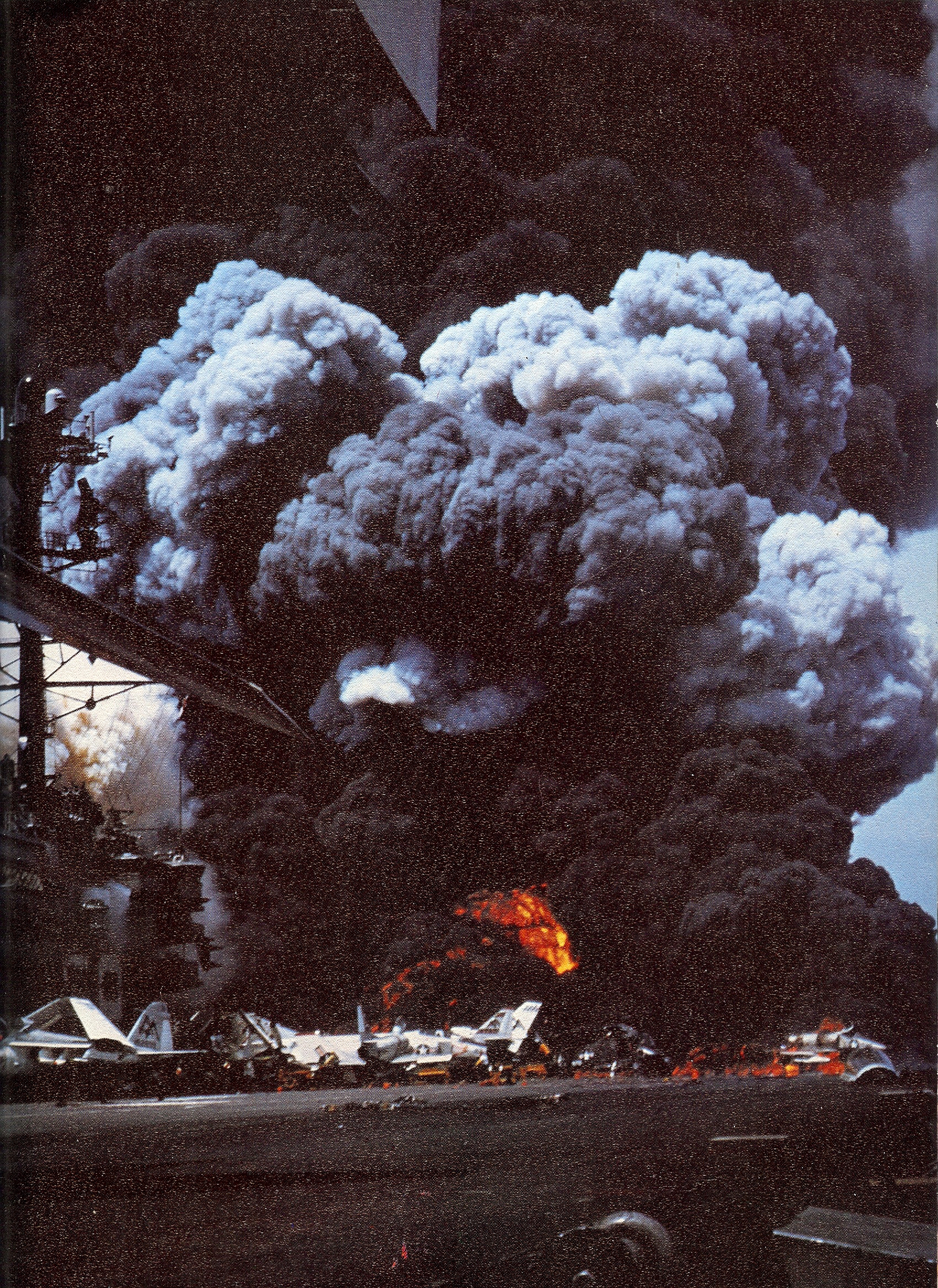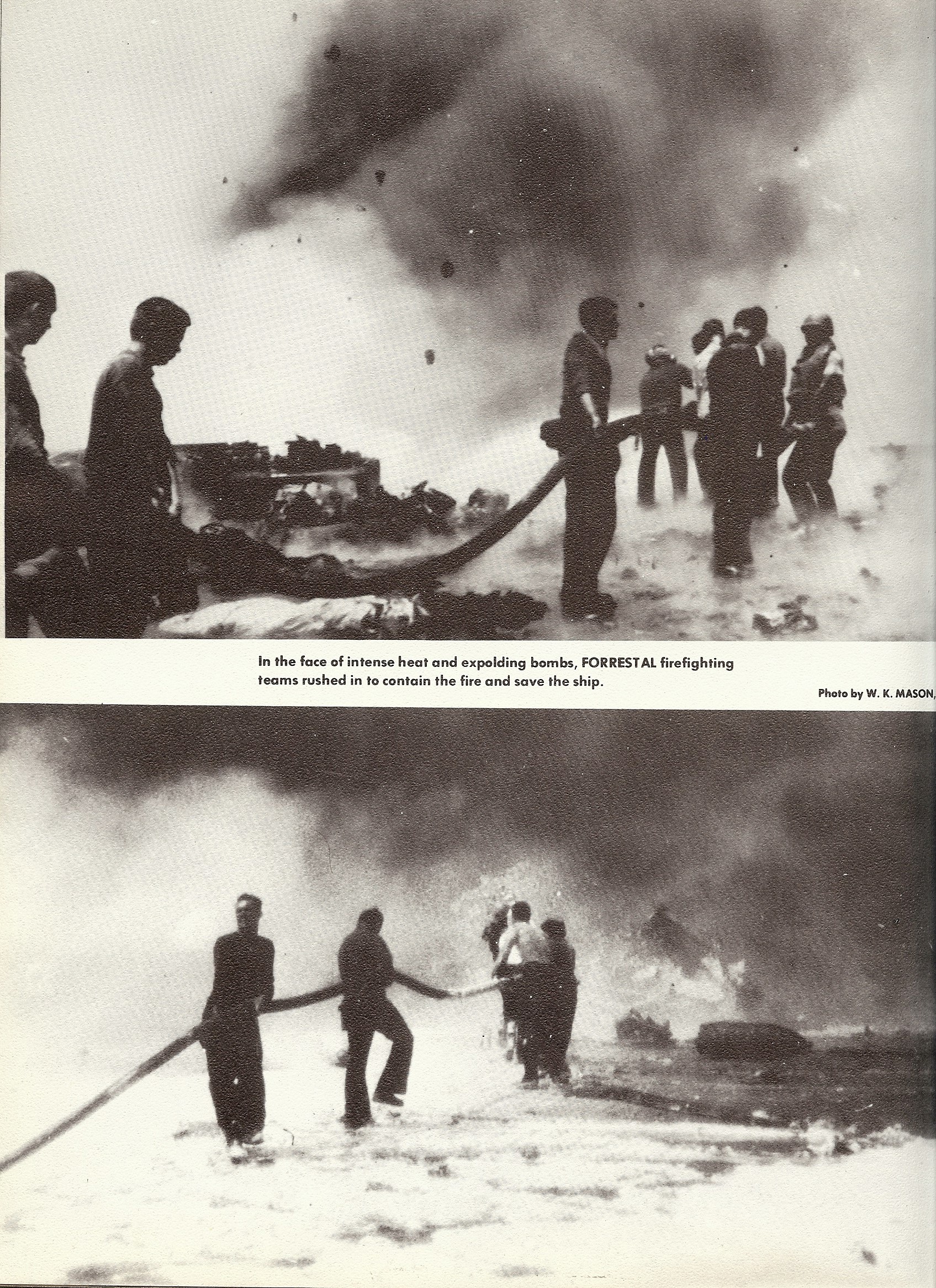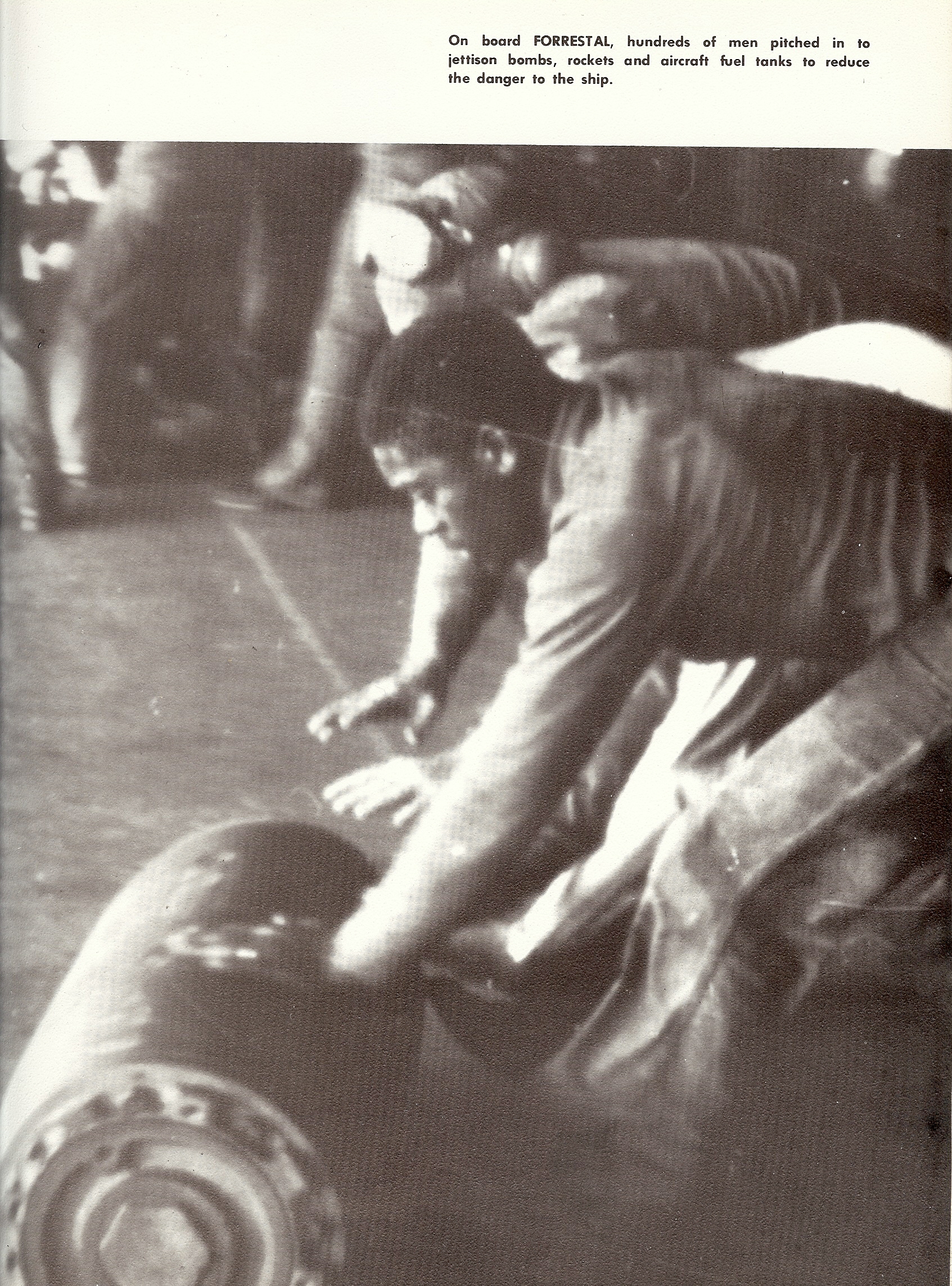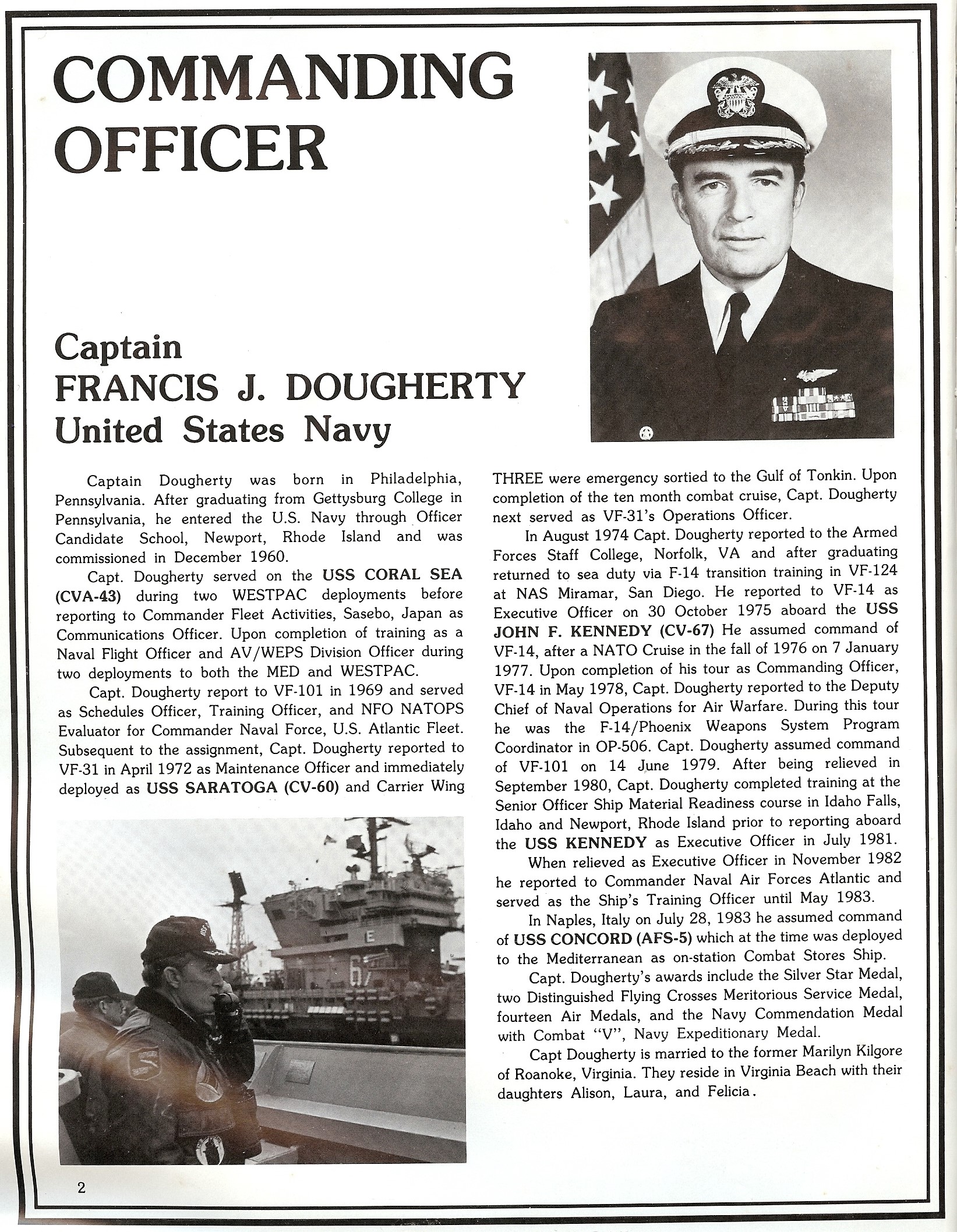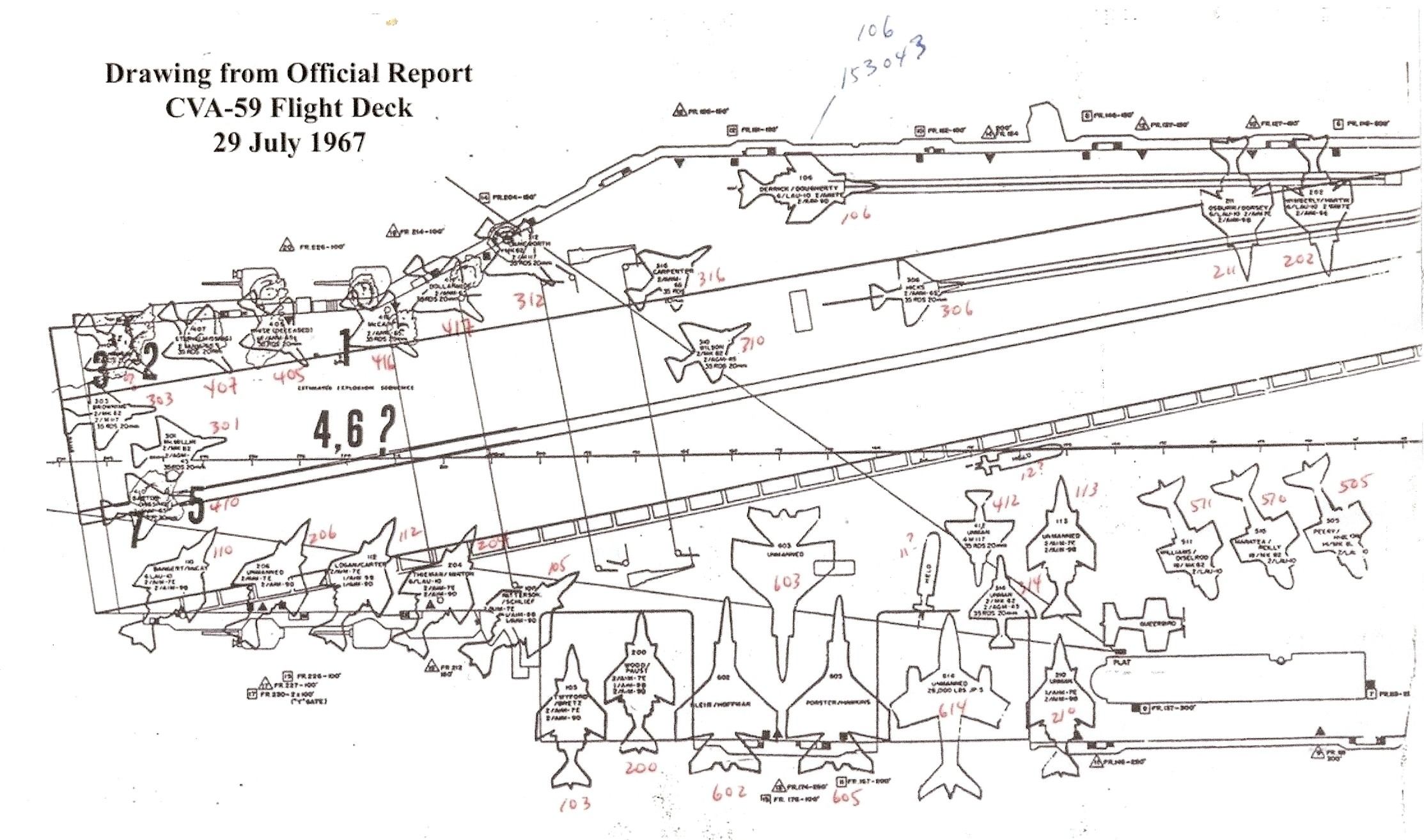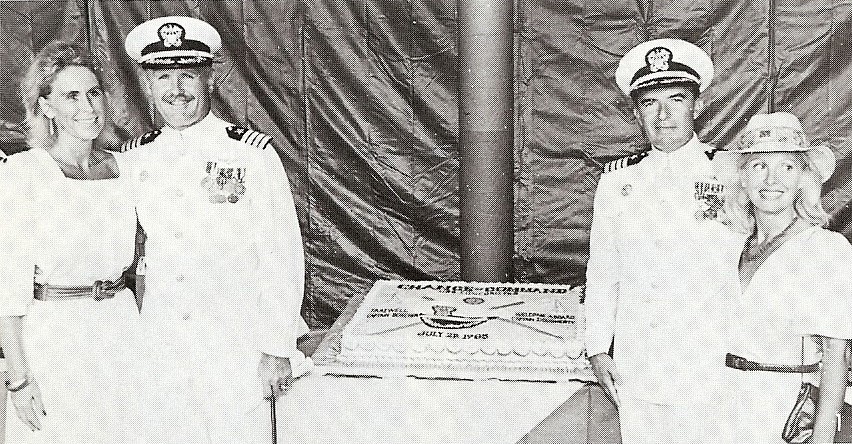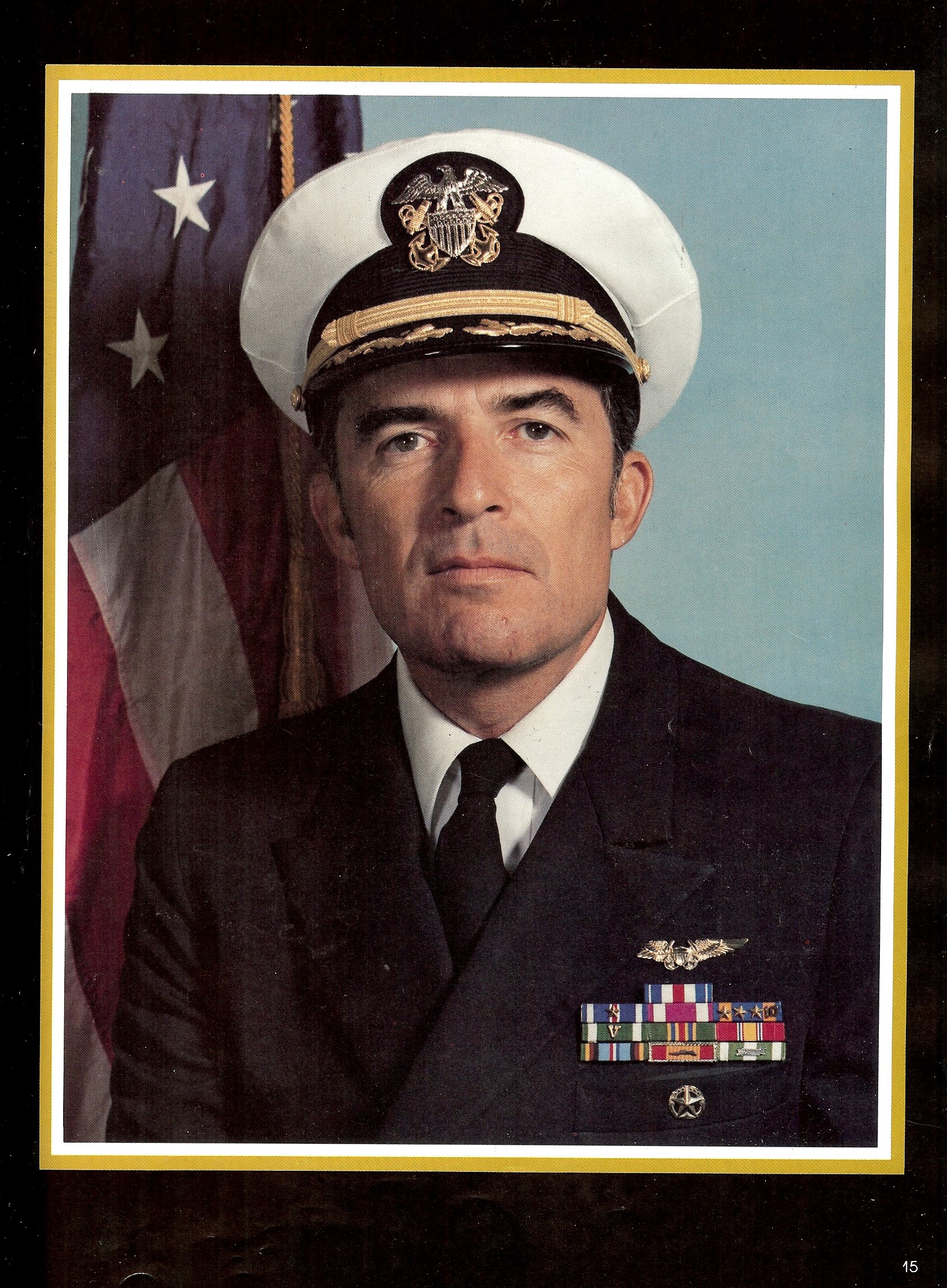Each July marks an anniversary our United States Navy would rather forget – the disaster on-board the USS Forrestal. Recently, I had the “pleasure” of discussing the fateful day, July 29, 1967, with Francis J. “Bud” Dougherty, currently an Arlington resident, who was on deck in the backseat of an F-4 attack jet when the horror began.
It was June 1967 and the supercarrier, the Forrestal, left Norfolk, Virginia, for the Gulf of Tonkin off the coast of Vietnam where she would locate to launch aircraft from her deck during the Vietnam War. After arriving at the ship’s destination on July 25, the flight deck witnessed roughly 150 missions flown the next four days over North Vietnam. On the third day, the ship was resupplied with ordnance from an ammunition ship which would only add to the coming chaos. Many on-board questioned the condition of the bombs being stocked on the ship which were considered too old with too much exposure to heat and moisture. It’s been alleged that even the ship’s commanding officer, Captain John Beling, tried to turn away the rotting bombs but relented and accepted them.
The next morning, around 10:50 local time, an electrical power surge or stray voltage test caused a rocket on-board to launch across the deck striking the fuel tank of aircraft No. 405 readying for takeoff. The impact dislodged two 1000-lb bombs that were then lying on the burning deck. The action sent men scurrying across the flight deck trying to put out the flames and prevent bombs from blasting on the ship. Pilots were attempting to evacuate from their cockpits, including future U.S. Senator John McCain, whose plane, No. 416, an A-4 Skyhawk, was struck by the wayward rocket.
As was feared, the recently received Composition B bombs were susceptible to the fire and explosions ensued destroying planes and parts of the ship. With raging fire behind him, Bud told me he urged his pilot to taxi their plane, No. 106, away from the flames. He added, on that day no one had a rank, they all jumped in to help with many working to push soon-to-be detonated bombs overboard. Two sailors, Bud recalled, were lowered into raging fire below to defuse two bombs under the deck.
When the fires were finally extinguished 134 servicemen had died with another 161 wounded. Most because jet fuel had leaked into the living quarters below the flight deck and ignited. The Forrestal was a floating inferno and she wouldn’t make it back to Norfolk until September 14. The grand supercarrier, named after James V. Forrestal (February 15, 1892 – May 22, 1949), the first person with the title of Secretary of Defense, would eventually be repaired and sent back into action. The ship was retired in 1993.
As for Captain Beling, many credited him with saving the ship on that darkest day; he went on to retire a Rear Admiral and lived in Arlington for over forty years.
And like all good Naval aviators, Bud Dougherty would also get back into action. He continued with a stellar Naval career, including being awarded a Silver Star, two Legions of Merit, and two Distinguished Flying Crosses. He commanded two F-14 squadrons and relieved Captain Donald V. Boecker as commanding officer of the USS Concord in 1983. Today he’s retired in Arlington, spending time with his wife Marilyn, and enjoying a much safer atmosphere playing golf at Washington Golf & Country Club where he served as president.
Enjoy this collection, much of it from Bud’s Navy annuals, and please do not reuse.




